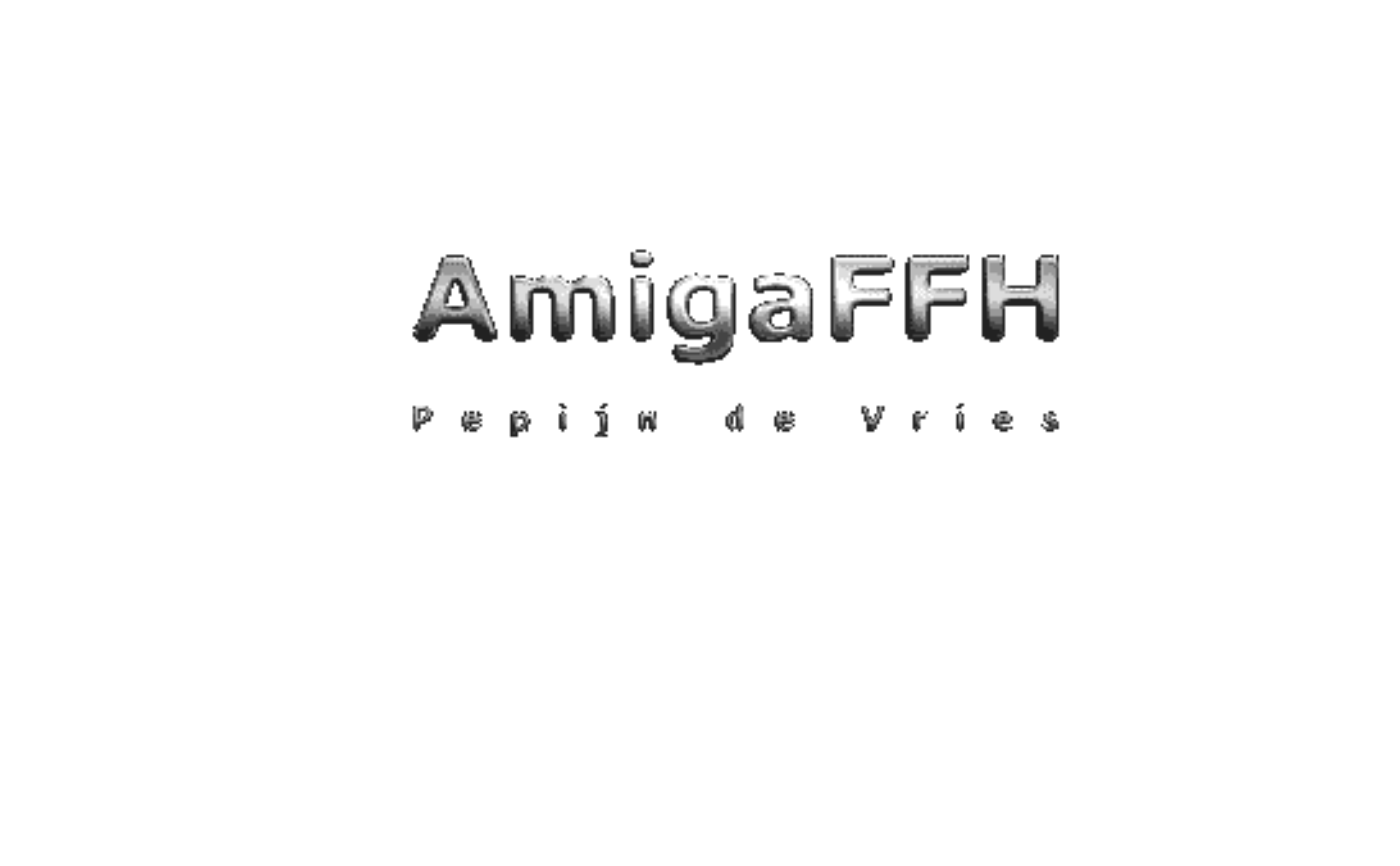Read the Interchange File Format (IFF) as an IFFChunk() object.
Value
Returns a IFFChunk() object read from the specified file.
Details
Information is stored as `chunks' in IFF files (see IFFChunk()).
Each chunk should at least contain a label of the type of chunk and the data
for that chunk. This function reads all chunks from a valid IFF file, including
all nested chunks and stores them in an IFFChunk() object. IFF
files can hold any kind of data (e.g. images or audio), this read function
does not interpret the file. Use interpretIFFChunk() for that
purpose.
See also
Other io.operations:
read.AmigaBasic(),
read.AmigaBasicBMAP(),
read.AmigaBasicShape(),
read.AmigaBitmapFont(),
read.AmigaBitmapFontSet(),
read.AmigaIcon(),
read.SysConfig(),
write.AmigaBasic(),
write.AmigaBasicShape(),
write.AmigaBitmapFont(),
write.AmigaIcon(),
write.SysConfig(),
write.iff()
Other iff.operations:
IFFChunk-class,
WaveToIFF(),
as.raster.AmigaBasicShape(),
getIFFChunk(),
interpretIFFChunk(),
rasterToIFF(),
rawToIFFChunk(),
write.iff()
Examples
## let's read a bitmap image stored in IFF as provided with this package:
filename <- system.file("ilbm8lores.iff", package = "AmigaFFH")
example.iff <- read.iff(filename)
## And plot it:
plot(example.iff)
